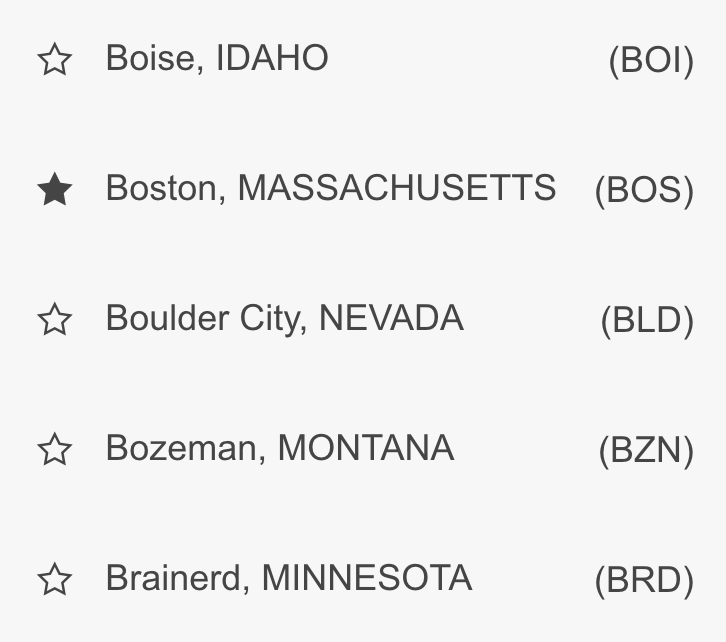Favorites
The user wants to mark content for easy access in the future.
Problem
The user wants to mark content for easy access in the future.
Solution
Empower users to collect and curate content that is important to them.
Provide visible cues that communicate the presence of bookmarking mechanism. This can be a button with the wording "Favorite", "Bookmark" or buttons with icons that suggest this functionality. The heart and star icon usually works well in this context.
Be consistent with wording and iconography. The action that adds content to the user's personal collection should be consistent with the name of the collection.
Grant access to the favorites even if the user has yet to add content. If the collection is empty explain what will end up here and educate on how to add items.
Use two-state buttons. The visible state should instantly communicate if the content is favorited. Use wording like "Favorite" and "Remove from Favorites" or use filled icons and the same icon with an outline to signal the current state.

Problem
The user wants to mark content for easy access in the future.
Solution
Empower users to collect and curate content that is important to them.
Provide visible cues that communicate the presence of bookmarking mechanism. This can be a button with the wording "Favorite", "Bookmark" or buttons with icons that suggest this functionality. The heart and star icon usually works well in this context.
Be consistent with wording and iconography. The action that adds content to the user's personal collection should be consistent with the name of the collection.
Grant access to the favorites even if the user has yet to add content. If the collection is empty explain what will end up here and educate on how to add items.
Use two-state buttons. The visible state should instantly communicate if the content is favorited. Use wording like "Favorite" and "Remove from Favorites" or use filled icons and the same icon with an outline to signal the current state.
